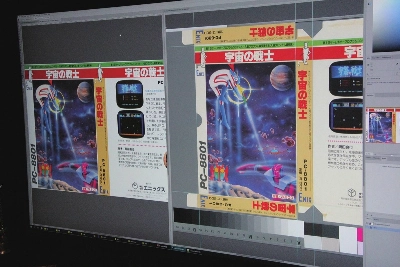Sample newspaper article
西武鉄道が、電車内の座席の占拠やホームでの「歩きスマホ」、駆け込み乗車など乗客のマナー向上を呼び掛けるために作成したポスターが、沿線ばかりか、海外でも反響を呼んでいる。
江戸時代の風俗を描いた「浮世絵」さながらの「電車内迷惑図絵」。ロンドンのビクトリア&アルバート博物館は「日本の伝統と現代が調和し、素晴らしい」と評価して3月から展示。台湾で塾を運営する会社も「魅力を台湾でも伝えたい」と日本語の教科書に掲載した。お客さまサービス課の山本このみさんは「増加する訪日外国人客にも興味を持ってもらおうと企画した。課題だったマンネリ感を払拭できた」と話している。 (KYODO)
















With your current subscription plan you can comment on stories. However, before writing your first comment, please create a display name in the Profile section of your subscriber account page.